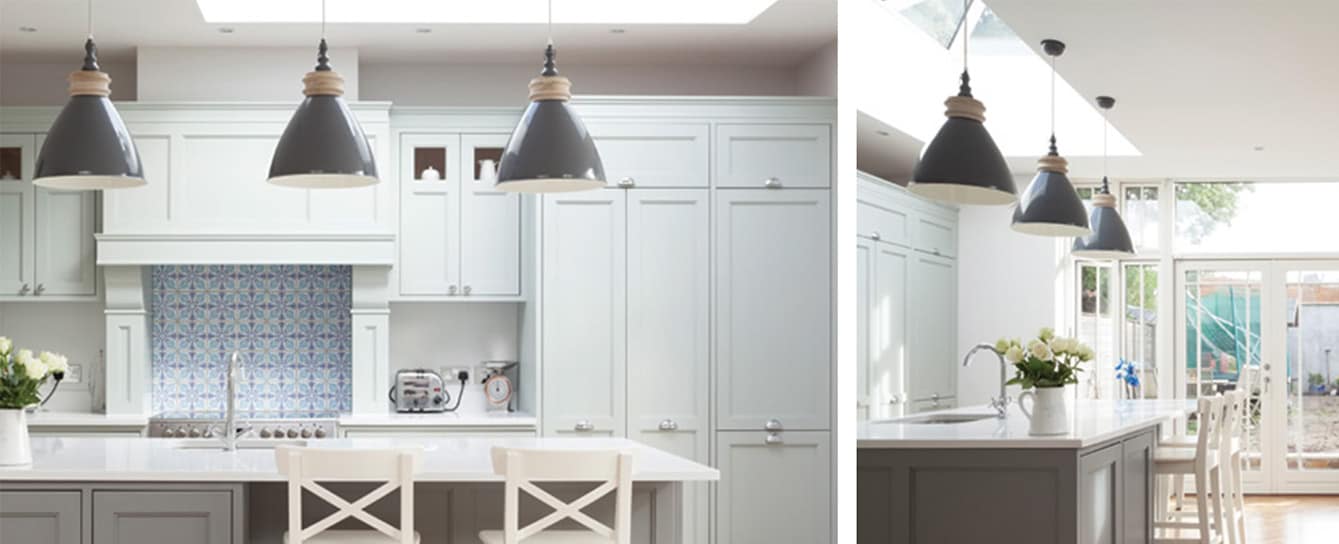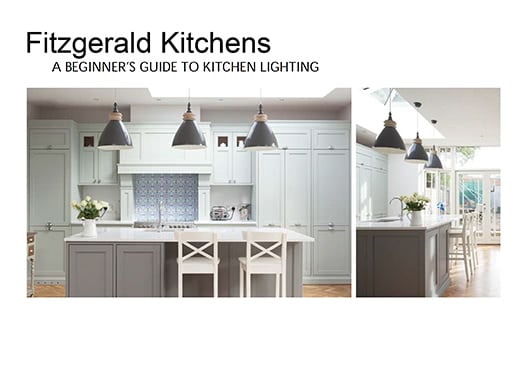Introduction
Lighting affects both how we use and how we experience a space. And with the kitchen becoming the centre of the home for family, work and entertainment, lighting is a critical part of the design of the room.
Unfortunately, lighting is often treated as an afterthought, something that gets added when most of the budget had been spent on cabinets, hardware, tops and appliances.
To get the most out of your kitchen, you will need to have a variety of layered lighting to help you complete a multitude of tasks: cooking, working, eating, relaxing, home work, crafts and more.
This guide will take you through all of the those different layers of lighting to help you create a kitchen that looks great and works great.
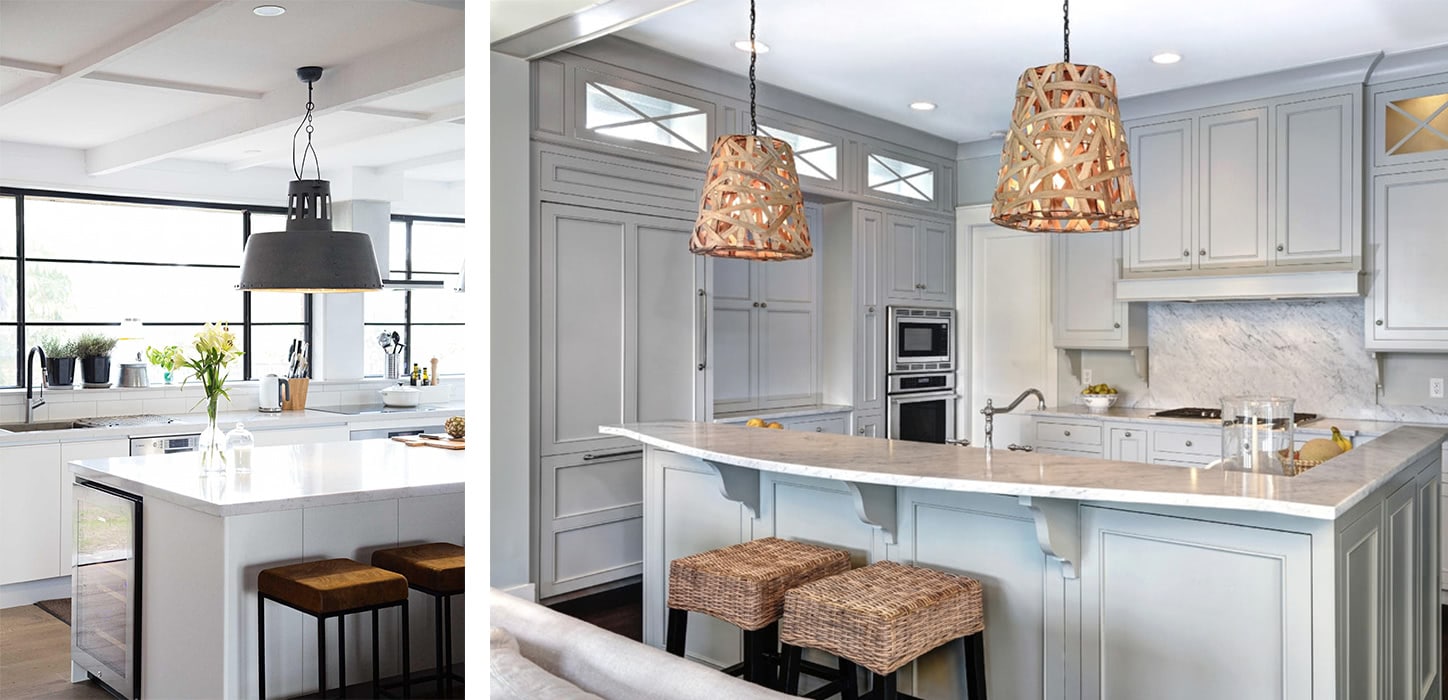
Click Through To Specific Sections
- Daylight
- Layers of Light
- Floor Level Lighting
- Countertop Lighting
- Stove Top Lighting
- Other Work Surfaces
- Ceiling Lighting
- Colour Temperature
- CRI
- Energy Efficiency
- How much light do I need?
- Light Bulb
- Electrical Compliance
- Contact Us
Let’s First Look At Daylight
Making the most of natural light will always be first prize in any home. It’s not only great for the environment, but also for your energy bill. Here are a few tips:
Add glass to your back door.
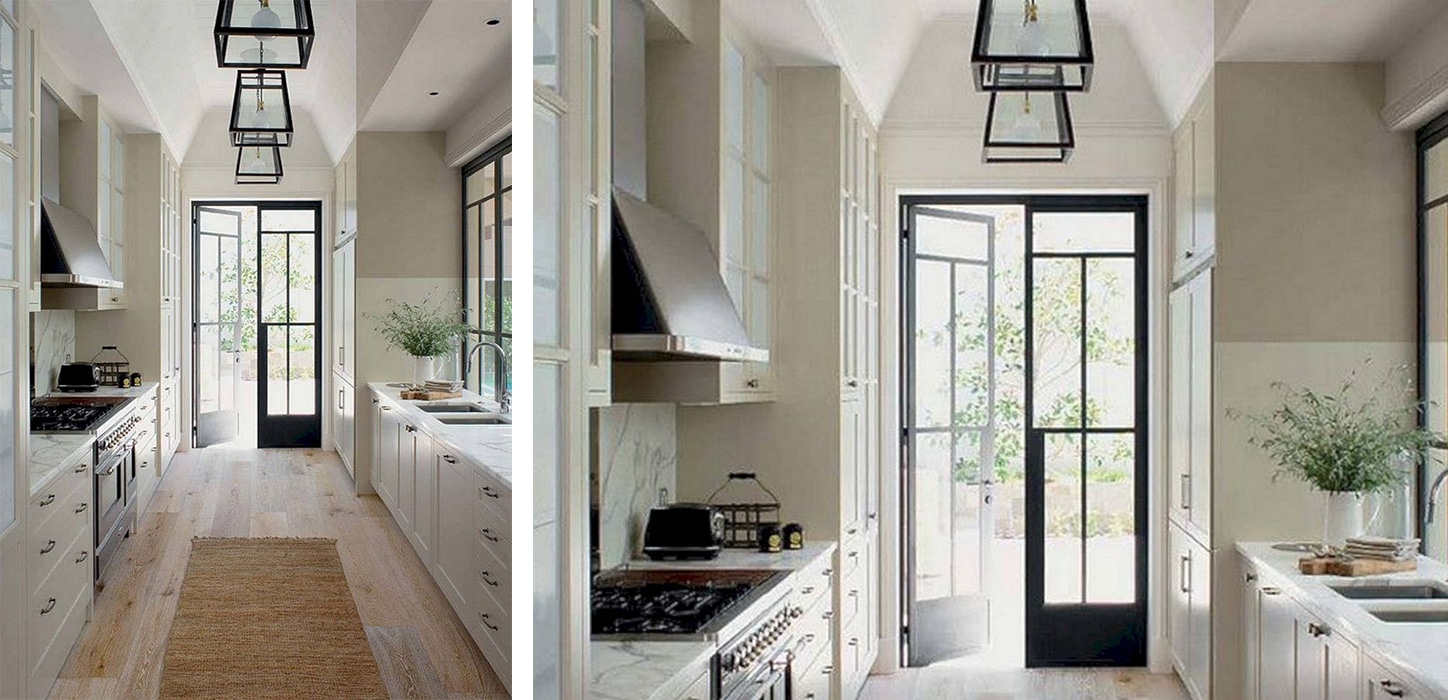
Maximize light by installing a glass panel in your back door, or replace wooden door with glass French doors. Where privacy is an issue, frosted or obscured glass can be used.
Ensure that your door has double or triple glazing to keep cold out while allowing light to flood the room.
Install sky-lights in your roof.
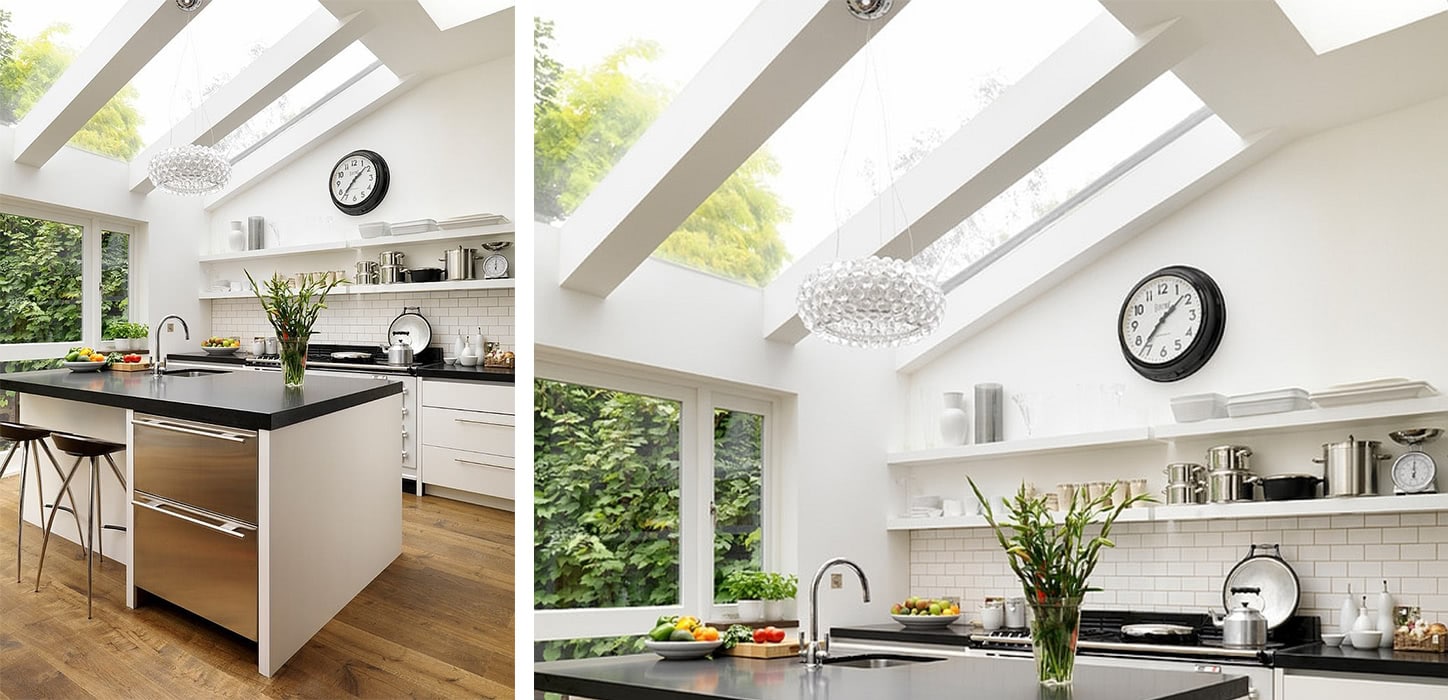
Skylights can be installed into a cathedral ceiling, or a ceiling that is installed directly underneath the roof without a ceiling void. They allow the maximum amount of light to come from above and are a great addition to a dark, shaded room.
The success of a skylight lies in its orientation: it must be angled in such a way that it allows the maximum amount of sunlight to enter the home without causing overheating.
Ask your supplier about having a self-cleaning coating on the exterior surface of the glass to ensure that they always remain clean and clear.
Install light tunnels / solar tubes.
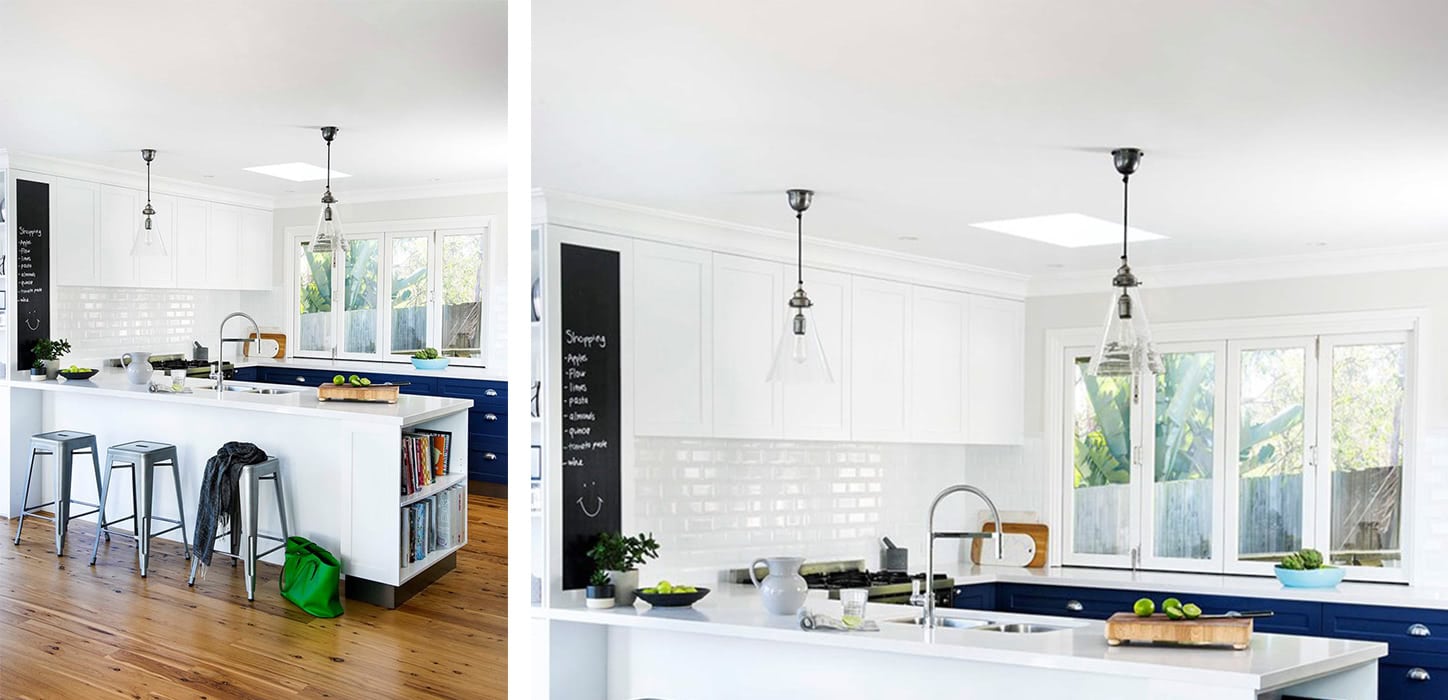
While skylights can only be installed in a pitched roof with a cathedral ceiling, these clever domed structures can be installed in a ceiling that is up to 12m away from the roof.
Light is transported into the room through a series of reflective tunnels, which allows for installation where a ceiling void exists.
Diffusers installed in the ceiling allow for masses of natural light to enter the room, without the risk of glare. These tubes also come with daylight dimmers to control the light output.
Artificial Lighting
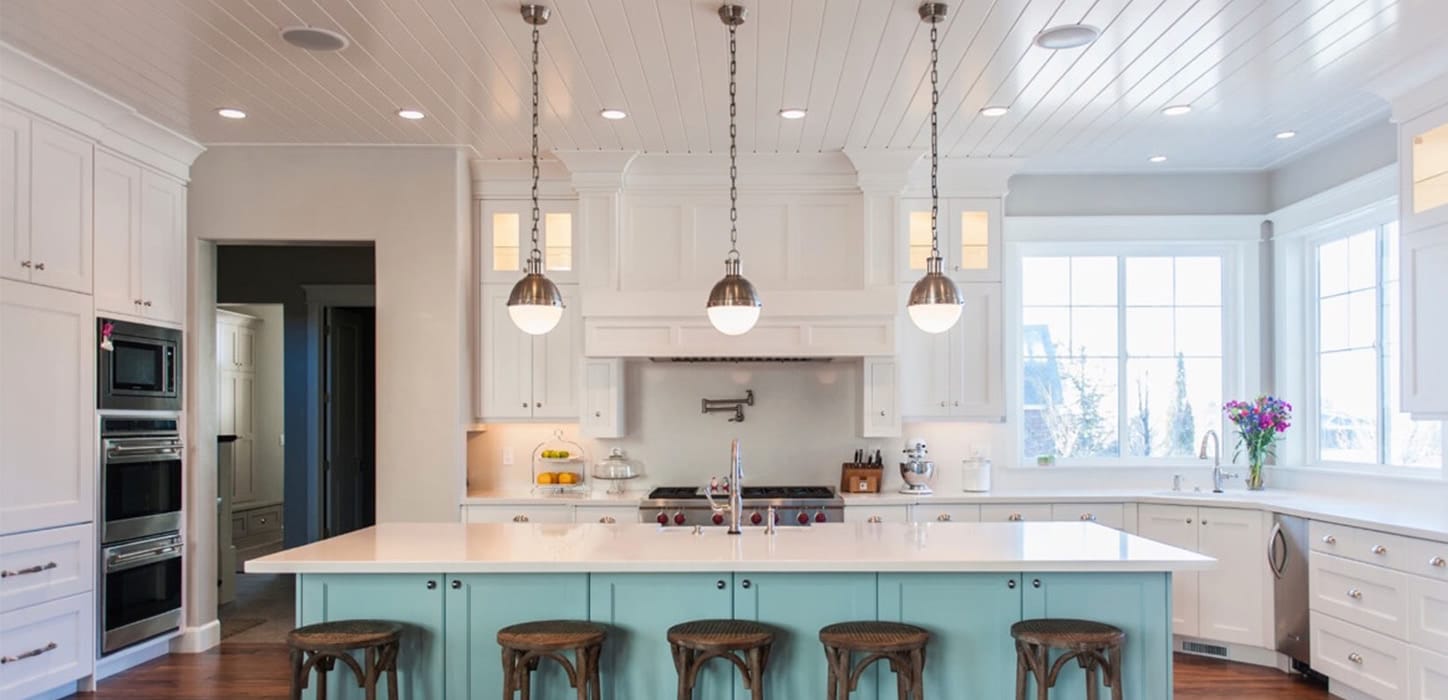
Once you’ve maximized on natural light, you can start to plan your kitchen’s artificial lighting.
As with any design project at home, it’s important to do some research and determine your needs and likes first. Note how you are using your kitchen currently: who uses the kitchen and what for?; where are the bulk of the tasks being performed and at what times of the day?
Collect pictures and ideas of what you like and use all of this information to put together your kitchen’s lighting design.
Layers Of Light
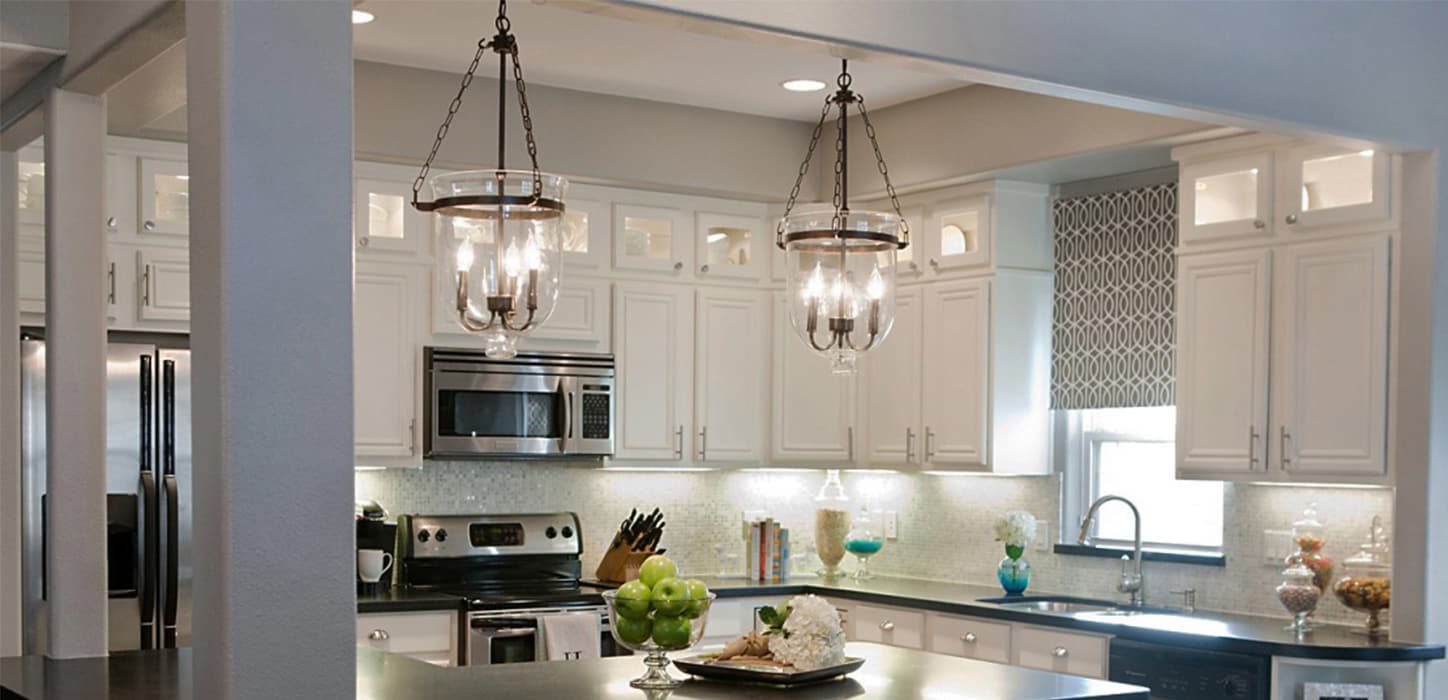
In most rooms in your home, more than a single lighting fixture is needed to fulfil all lighting needs. More so in the kitchen, where many different tasks are being performed at different levels.
Lighting is divided into 4 categories:
Task Lighting
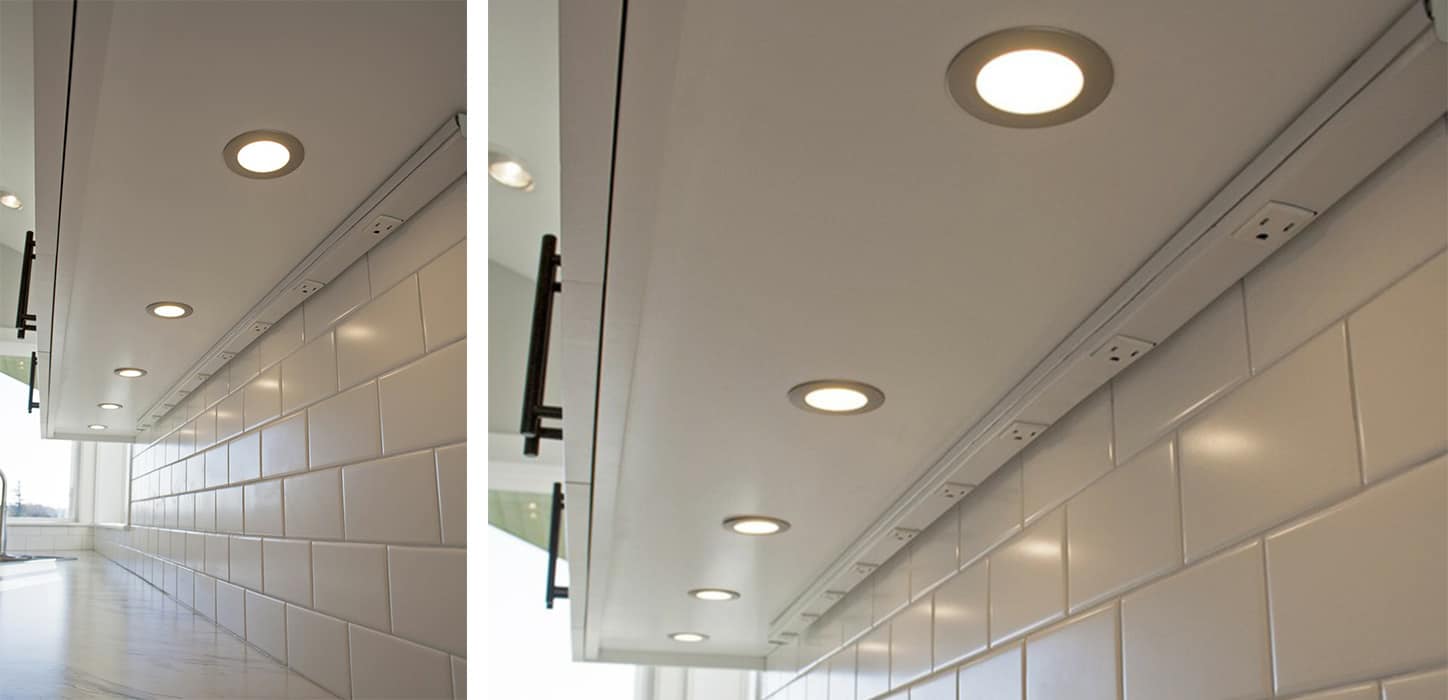
This is specifically targeted lighting that ensures you are able to perform a task and is usually directed at work surfaces.
Task lighting in the kitchen can be directed spot lights, pendant lights over kitchen islands, lights installed under cabinets, or even a lamp to light a work surface.
This type of lighting should provide an adequate amount of light without need for straining the eyes and without glare.
Accent Lighting
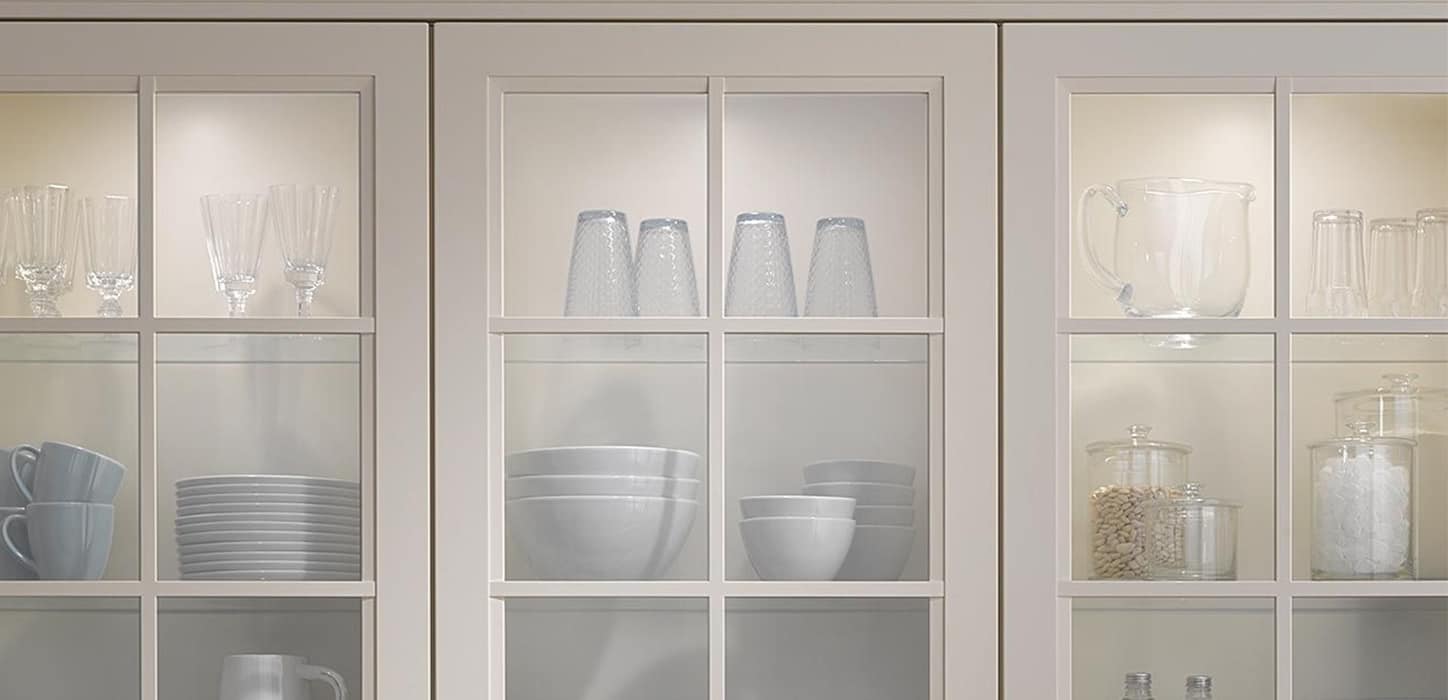
Accent lighting is used to draw the eye to a design feature like an alcove or beautiful backsplash.
Downlights installed inside glass-fronted cabinets and underneath shelving to illuminate a displayed collection is also considered to be accent lighting.
Directional ceiling lights and track lights can also be utilized as accent lights.
Ambient Lighting
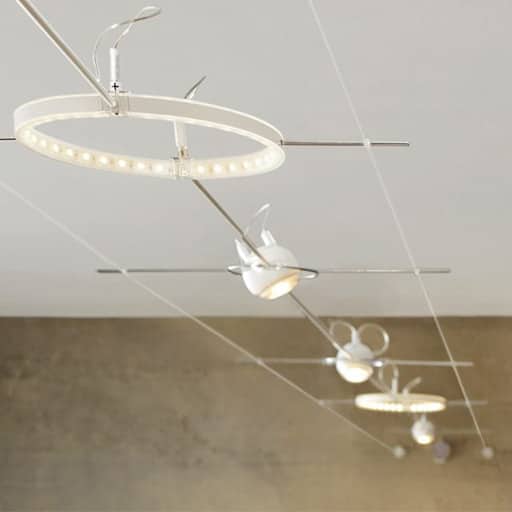
These lights are what create the mood in a room and is defined as a comfortable lighting level without any glare. This could be in the form of a general soft glow from recessed ceiling lights, foot lights or under cabinet lighting.
Natural daylight is also considered ambient light during daylight hours.
Decorative Lighting
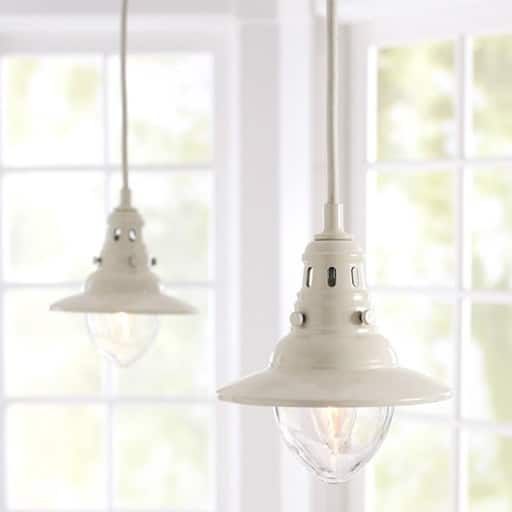
This layer can also fulfill the role of the other lighting layers by providing task, accent and ambient lighting as well as being a focal point in its own right.
A light fitting that adds interest and creates a focal point in the room. This can be a single pendant light over a kitchen island, beautiful wall sconces, or a cluster of lights over the kitchen table.
How To Create These Layers
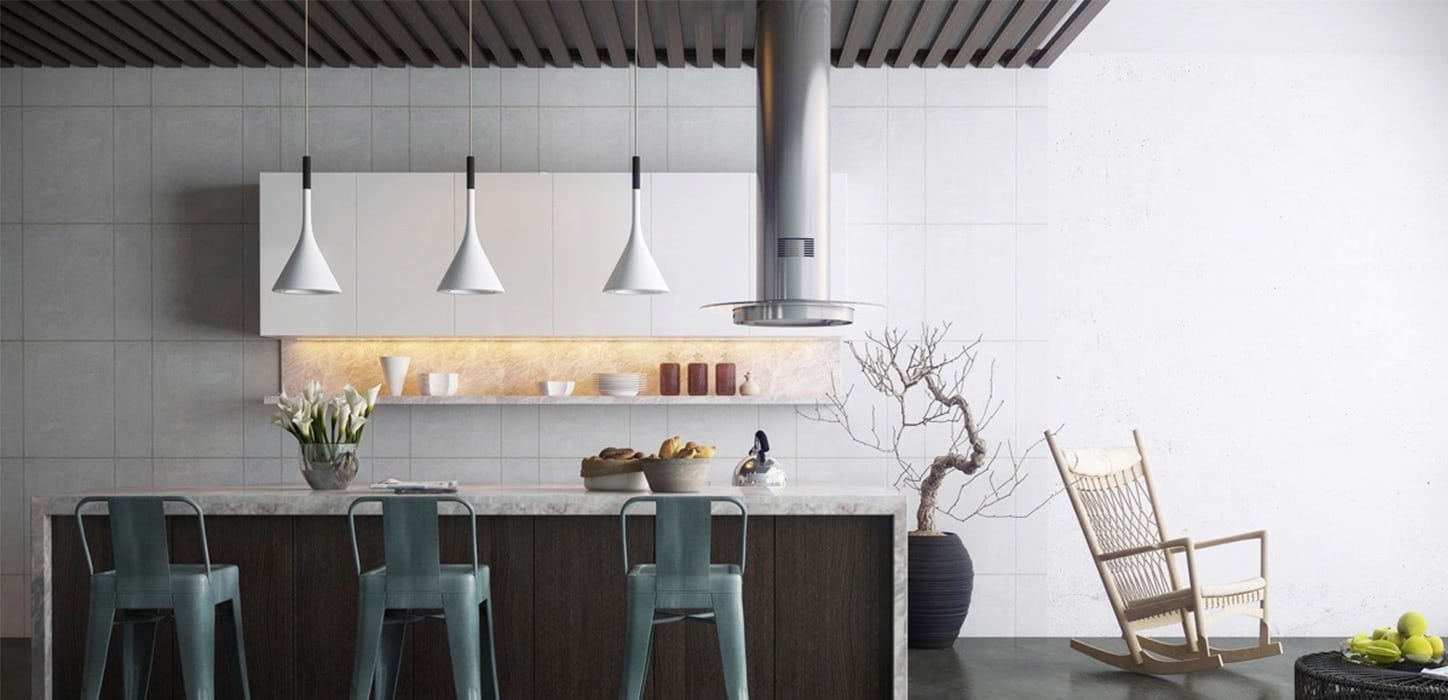
To create a successful lighting design, start from the ground up to ensure that you have all options covered:
1. Floor Level Lighting
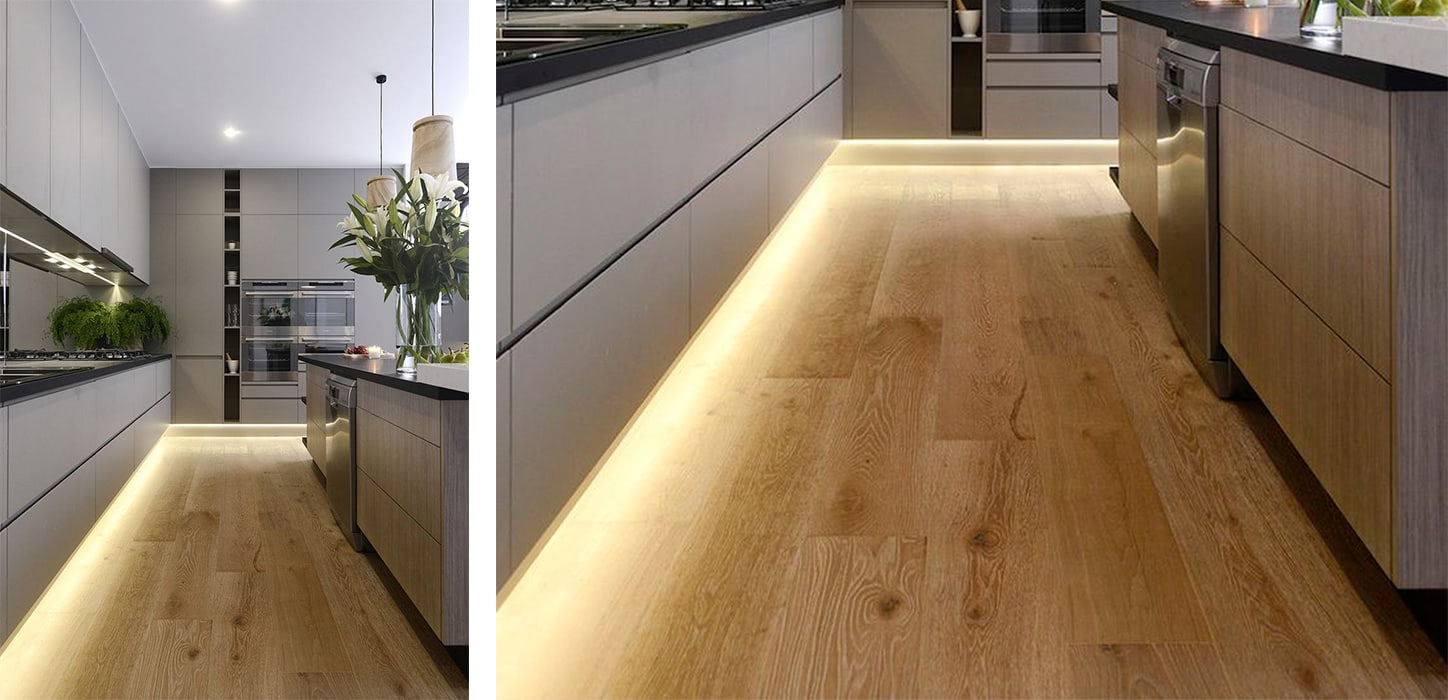
Floor level lighting has the ability to completely transform your kitchen.
LED or halogen strips are installed along the lower edge of counters, above the kick plate, creating a soft wash over the floor below.
This also allows movement in the dark without the need for switching on an overhead light. Great for getting a drink of water in the middle of the night!
2. Countertop Lighting
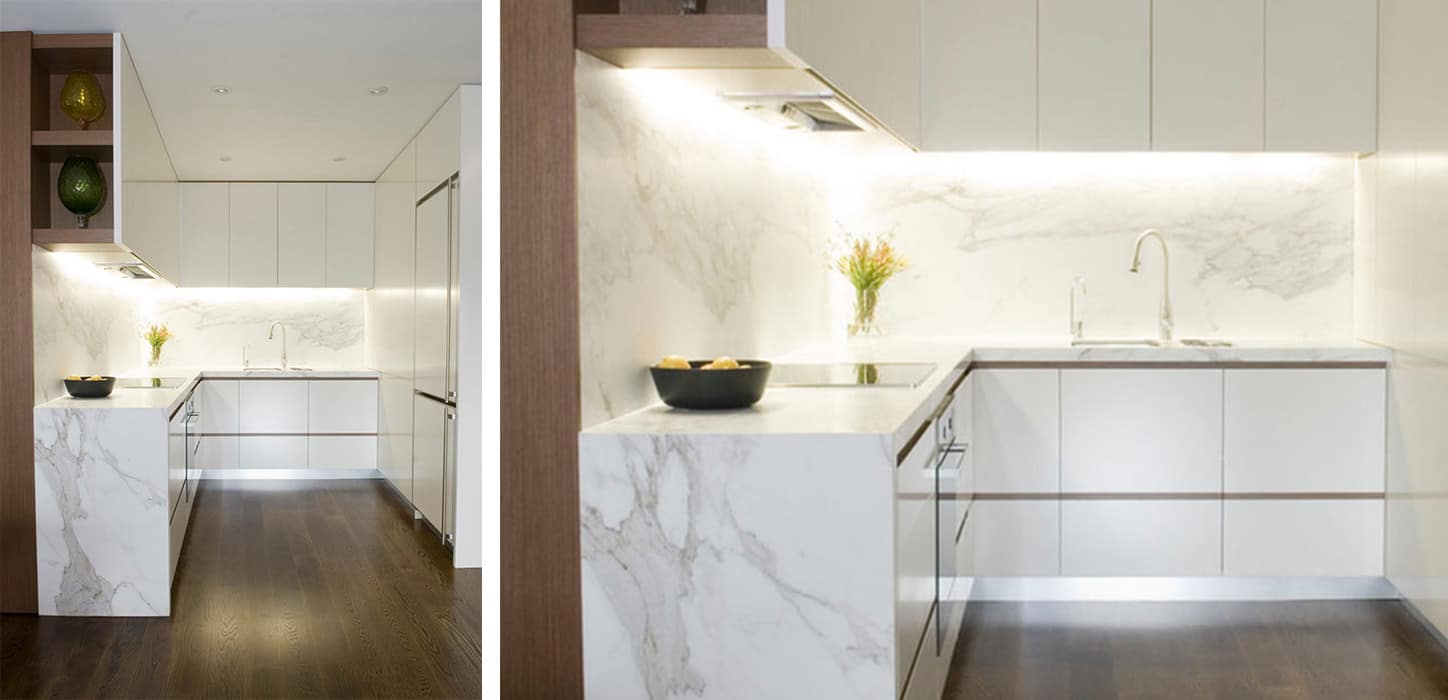
One of the most essential areas to be lit, is the countertop area where food preparation is done. There are a few ways to achieve this:
- Lights installed underneath the upper cabinets.
- Lights installed inside overhead shelving.
- Downlights in the ceiling, directed at the countertop below.
Always ensure that you can clearly see the workspace, and you are not standing or sitting in the way of the beam, creating a shadow over your hands.
3. Stove top lighting
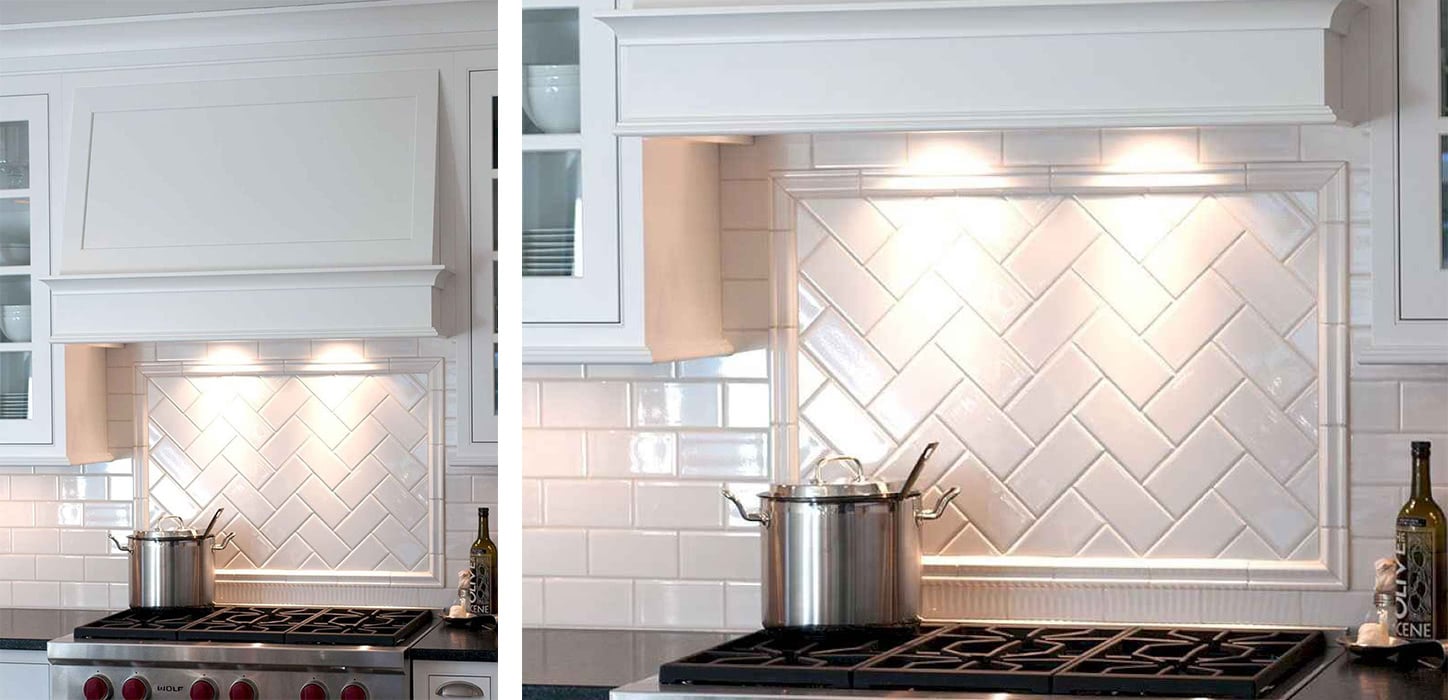
Another essential for efficiency and safety, stove top lighting illuminates the burners or plates.
Ovens with a cooker hood above already have this functionality built-in.
If, however, you don’t have a cooker hood, opt for a wall fixture or recessed ceiling lights directly above to sufficiently illuminate your cooking area.
Other work surfaces
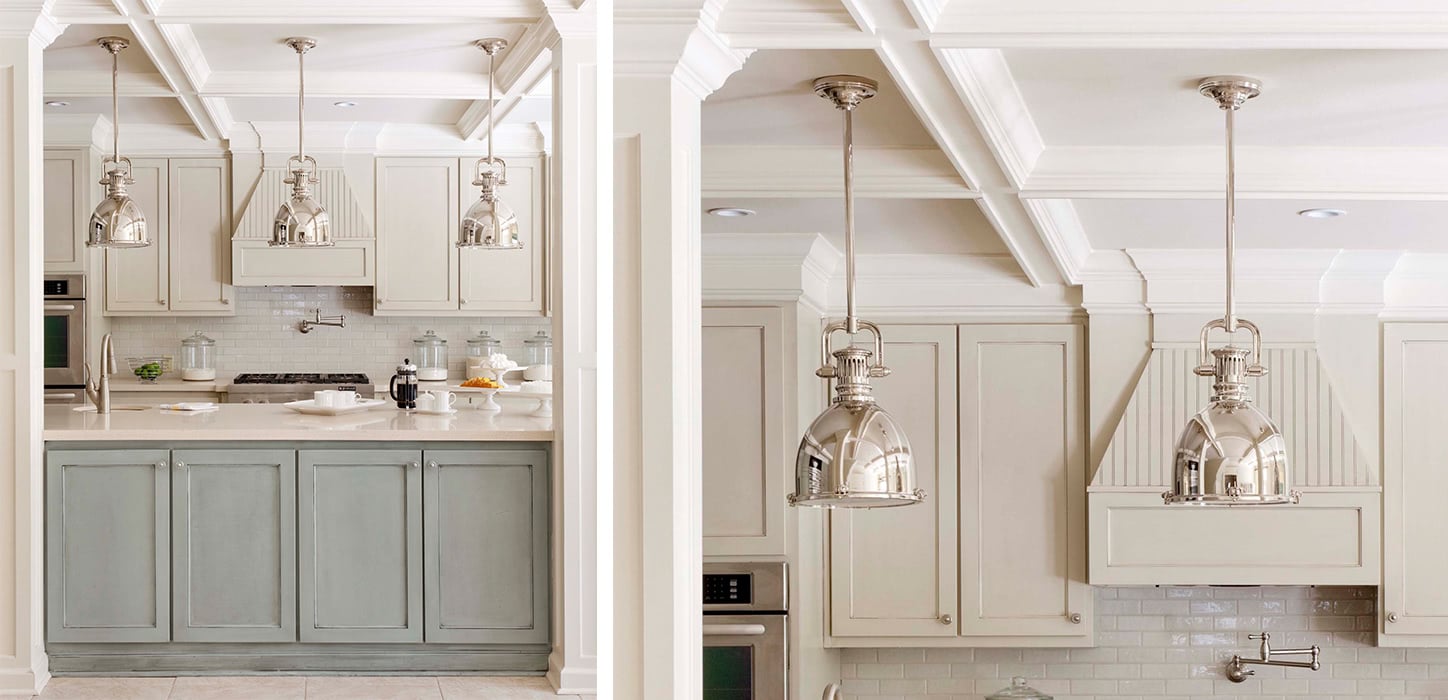
A kitchen island, sink, and prep bowl all have to be sufficiently illuminated to enable tasks to be performed.
This can be achieved with ceiling-mounted downlights, directed spots, pendants, or under cabinet lighting.
As with countertop lighting, it is essential to ensure that the beam is uninterrupted to avoid shadows on your hands.
Ceiling Lighting
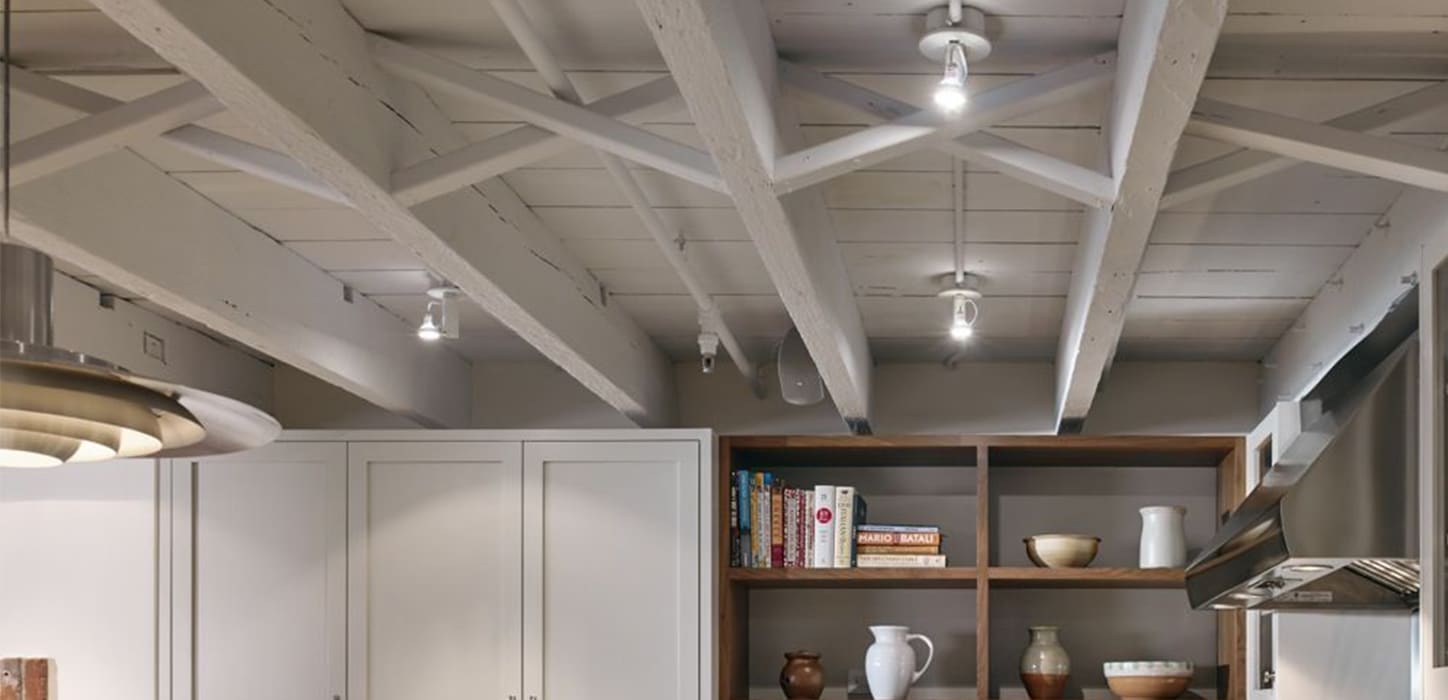
Ceiling lights can be installed as both general lighting and task lighting.
Ensure that fittings are positioned in such a way that you avoid dark spots in the kitchen.
Especially in a smaller kitchen, overhead ceiling lights can function as task lighting when positioned correctly over work areas.
If these lights are dimmable, they can also function as ambient lighting when not being used as task lighting.
Looking At Light Bulbs
The choice of lamps available in the market is almost as varied as the amount of light fixtures.
There are 3 basic things to look out for:
Colour temperature
Cool white lamps give off a blueish glow and are more suited to laboratories, schools and corporate environments than kitchens.
Choose a lamp with a colour rendering of between 2700 and 3000 Kelvin (k). These are usually indicated as being warm white, which means your kitchen will be bathed in warm, cozy light.

Colour Rendering Index (CRI)
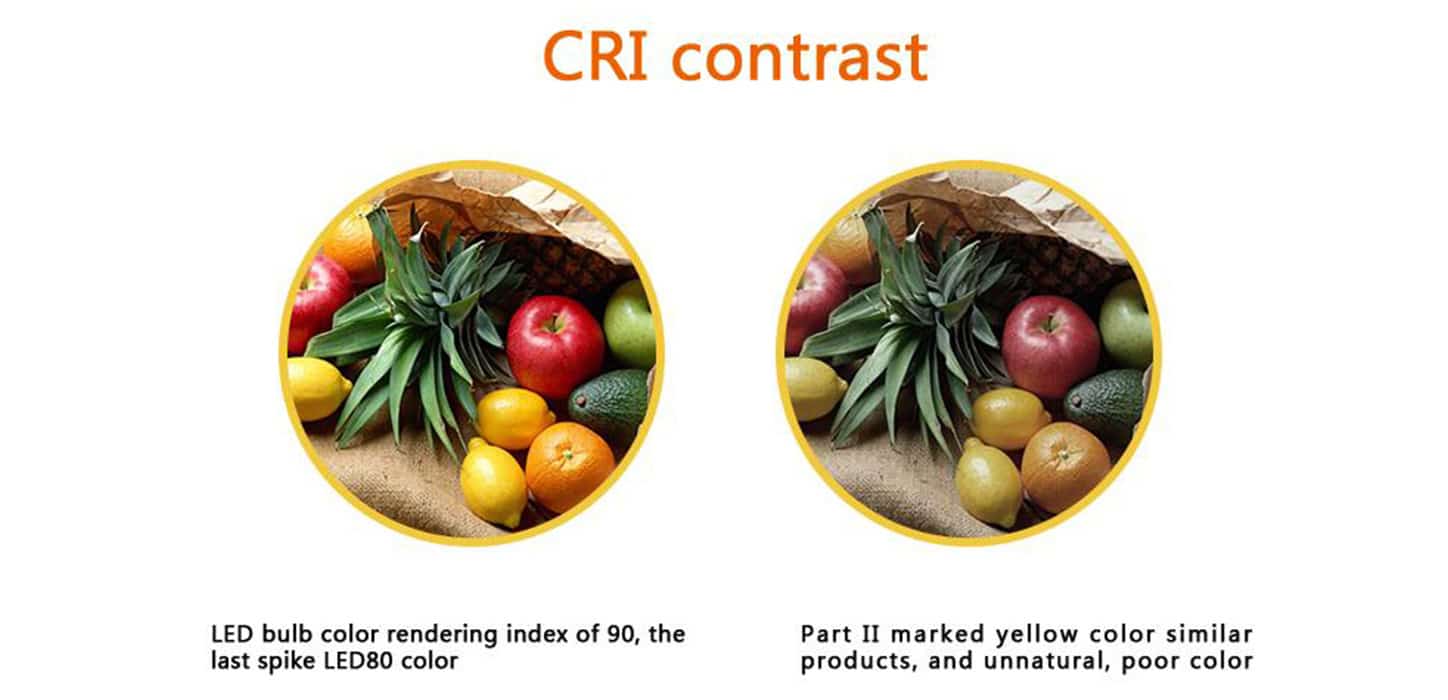
The CRI of a light bulb is its ability to reveal the colours of various objects faithfully in comparison with natural light.
Natural daylight has a CRI of 100 and is the standard of comparison of all artificial light. A colour rendering of 100 gives us the most accurate depiction of colour.
Manmade light typically has CRI values varying between 60 and 85. A lower CRI will make the colours look dull and faded, while a higher CRI will render colours better.
Lamps with a CRI of 80 or higher are perfect for a kitchen environment.
Energy Efficiency
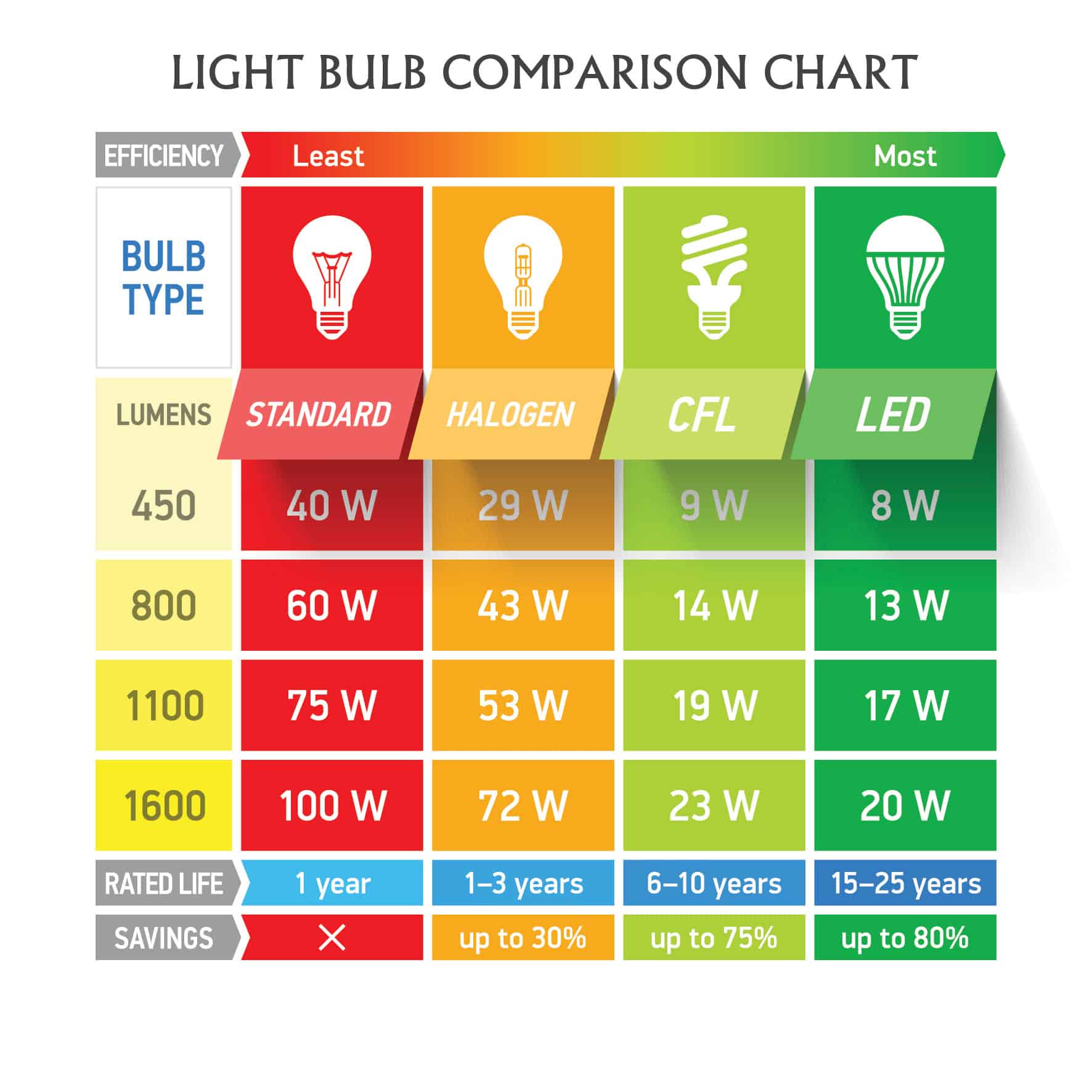
Choosing energy efficient bulbs is not only the responsible choice, it also reduces your energy bill.
While the average LED bulb costs 50% more than an energy saver (CFL) or halogen lamp, an LED light bulb will last for 20 years while the other lamps will need to be replaced after only 3 years for a halogen lamp, or up to 10 years for a CFL.
The cost savings in using LED lamps are also significant when compared with other types of light bulbs and are therefore well worth the investment.
How Much Light Do I Need?
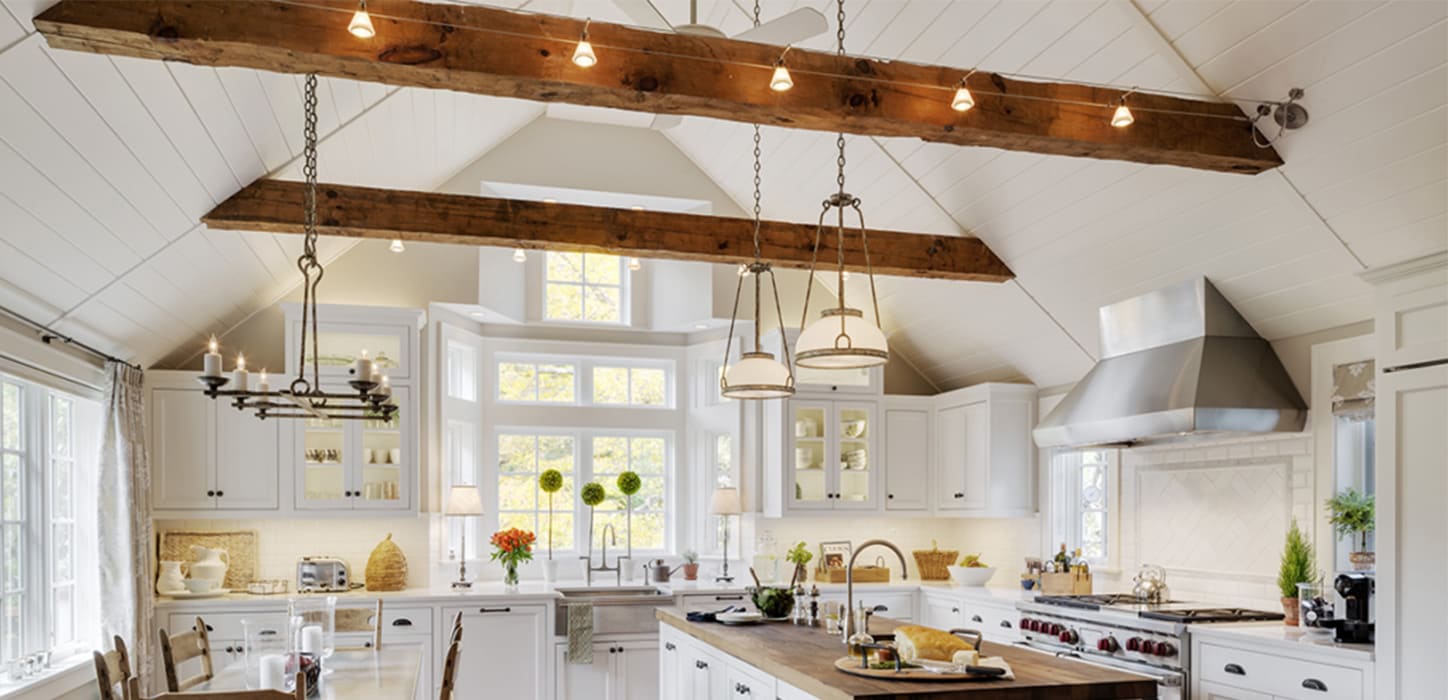
Let’s look at some terminology first:
Lumen (lm): measure of the total amount of visible light emitted by a source in any particular direction.
Lux (lx): measure of how much light there is over a given surface area.
1 lux = 1 lumen/sqm
While there is no standard requirement, it is recommended to have your general kitchen area lit to around 300 lux, and the countertops and other work surfaces to 750 lux. By taking the total lumens of all the light bulbs that you want to use in those 2 layers, and dividing that by the area of your kitchen or countertop, you can determine if the lux level of your kitchen will be sufficient.
Light Bulb Styles
Here is a list of the most commonly used bulbs for various domestic light fittings:
Standard

The most common and traditional form of light bulb.
Candle
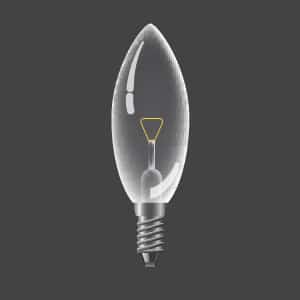
This pointed lamp is most commonly used in chandeliers and smaller table tables.
Golf Ball

Reserved for decorative pendants and table lamps.
Spot
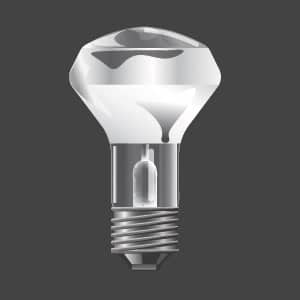
These fittings are mostly halogen lamps and are used in spotlight tracks.
Spiral
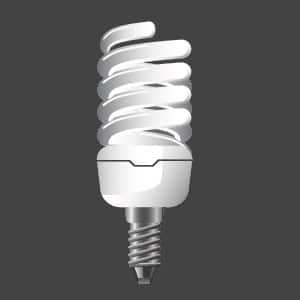
These lamps became popular with the advent of CFL technology and are suitable to most light fittings.
Stick
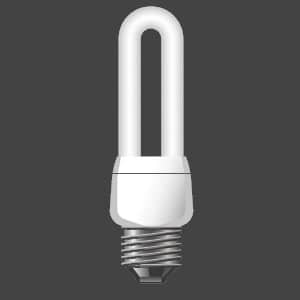
Another CFL design, these bulbs are suitable to shallow encased fittings.
Halogen Spot
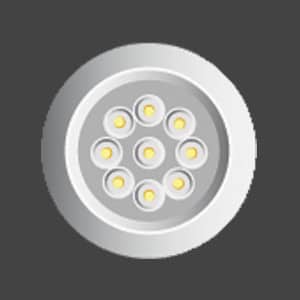
Small round fittings used in recessed ceiling downlights.
Filament

Beautiful decorative incandescent lamps, used on their own or as part of a decorative light fitting.
CFL Stick

Flat bulb with pins on the ends for a specialist fluorescent fitting.
Fluorescent Tube
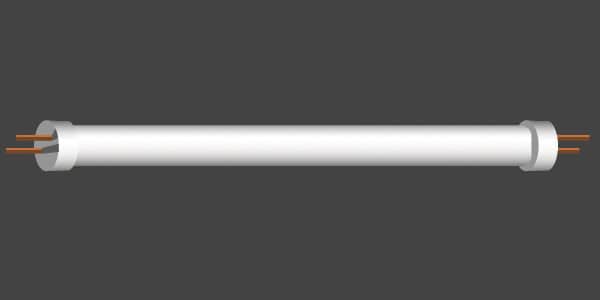
Made to fit traditional fluorescent light fittings, but now available as energy saver lamps.
LED strip
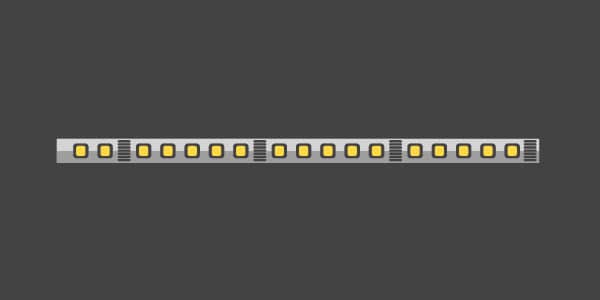
Thin metal strip lights for under-cabinet lighting or for use in floor level light fittings.
Electrical Compliance
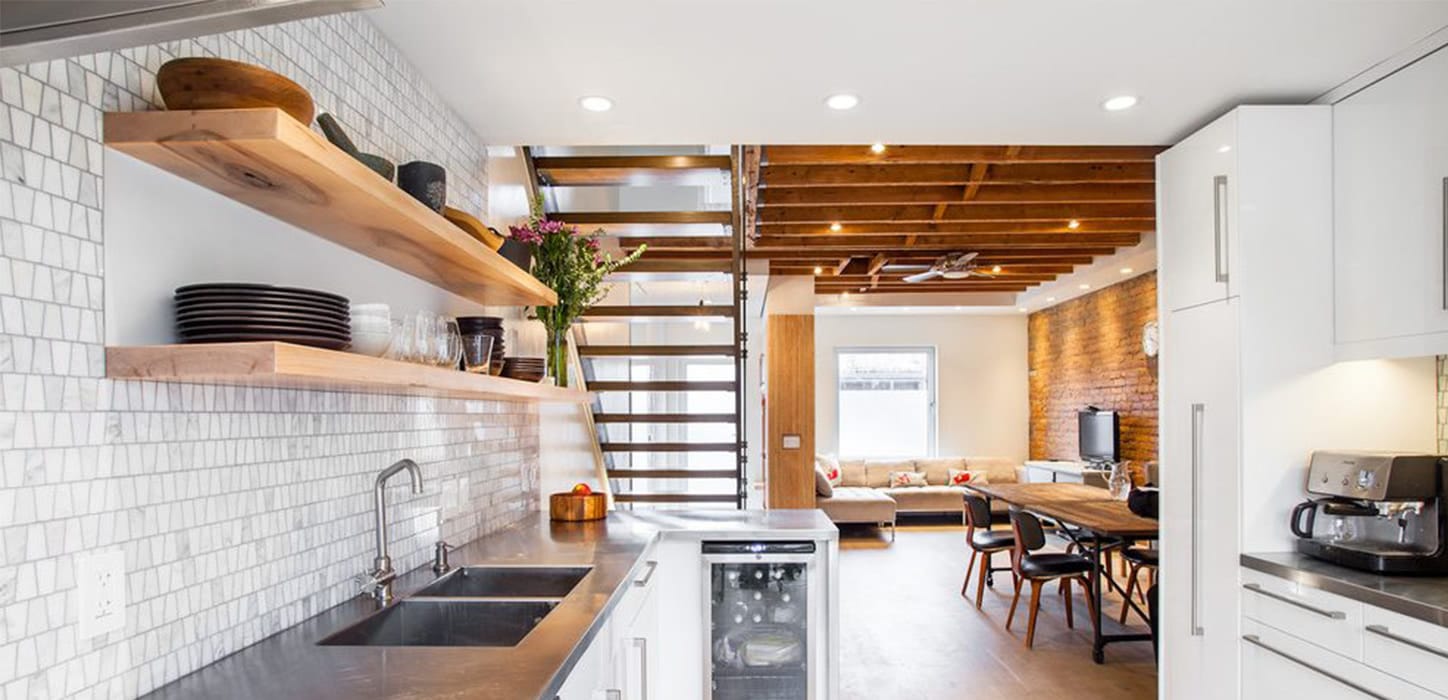
Always ensure that your lighting design follows your local building authority’s electrical compliance guidelines.
While you may be tempted to install light fittings yourself, it is not worth the risk. Your home insurance will require all electrical work, including lighting, to be certified by a competent person.
Always make use of a qualified installer and electrician.
Contact Us
Call us on: 01 230 0336
Dun Laoghaire
129 Oliver Plunkett Road Dun Laoghaire
Dublin
